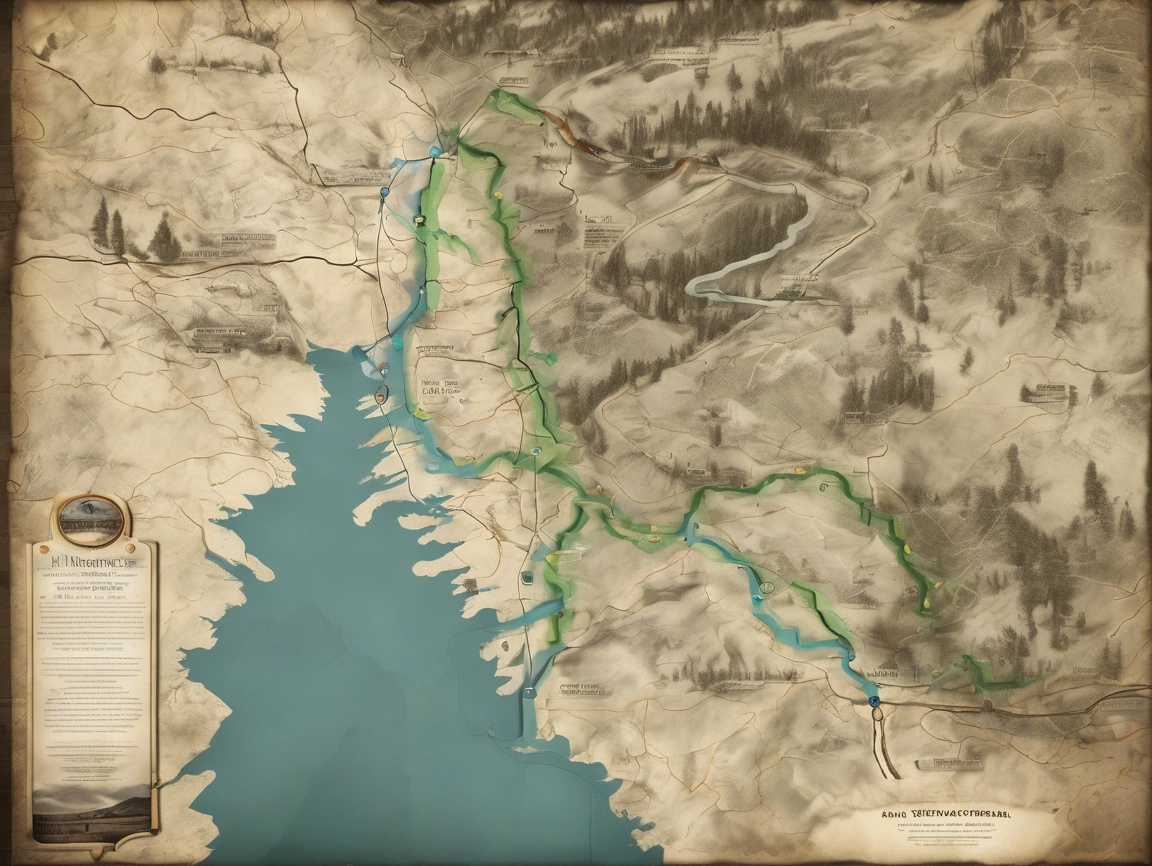Intro: Where Nature Meets Nerdom
Think national parks are just scenic picnic spots? Think again. In truth, the nerdy history of national parks is packed with geologic surveys, data collection missions, scientific breakthroughs, and now—AI-powered exploration. From steam-powered railways to satellite-guided forest mapping, these protected landscapes have always invited curious minds to explore, measure, and protect.
Science Before Scenery: Laying the Groundwork
Long before visitor centers welcomed tourists, scientists shaped the vision for national parks.
- In 1871, Ferdinand Hayden’s Geological Survey of Yellowstone recorded geysers, mapped terrain, and captured artwork that stunned Congress. This report directly led to the establishment of Yellowstone as the first U.S. National Park in 1872Top 50 nerd-type topics….
- These missions blended cartography, geology, and public storytelling. Scientists used their findings to argue for preservation.
- Importantly, their work prioritized exploration over tourism. That mindset laid the groundwork for decades of conservation science.
Explore how the Hayden Survey influenced Congress via the National Park Service.
Tech That Carved the Trails
As the park system grew, so did its reliance on technology and innovation.
- Early park rangers mapped landscapes using plane tables, alidades, and compasses. Their fieldwork became the backbone of trail planning and infrastructure.
- In the 1930s, the Civilian Conservation Corps (CCC) built trails, cabins, and bridges across the country using manual surveying gear and early engineering tools.
- Eventually, aerial photography allowed scientists to see parks from above, tracking forest density, glacial movement, and land erosion.
- Today, advanced technologies like LiDAR and GPS mapping help parks model ecosystems, identify wildlife corridors, and respond to wildfires with greater precisionTop 50 nerd-type topics….
See how LiDAR is transforming ecosystem research in USGS’s LiDAR archive.
From Field Journals to Field Apps
Now, the same nerdy curiosity that once filled field journals powers our phones and trail guides.
- Apps such as iNaturalist allow hikers and campers to log wildlife sightings, contributing real-time data to global biodiversity projects.
- Hikers use AI-enhanced maps to access dynamic trail conditions, weather forecasts, and historical overlays—all while off the grid.
- The digitization of park archives puts John Muir’s writings, Ansel Adams’ photos, and other rare documents into the hands of students and researchers worldwide.
- Many parks now use solar-powered monitoring stations to track air quality, water temperature, and animal movement through non-invasive sensors.
Use iNaturalist or Night Sky to become part of the science on your next hike.
The Nerdy Heroes Behind the Scenes
The history of national parks includes more than just rangers and policymakers. It also celebrates biologists, engineers, and science communicators who made long-term conservation possible.
- George Melendez Wright, a pioneering biologist, argued that wildlife should be protected through science-based park policy. He helped establish ecological management plans still in use today.
- Florence Merriam Bailey introduced observational birding to national parks, shifting the focus from hunting to documenting wildlife.
- Stephen T. Mather, the National Park Service’s first director, championed conservation through tourism—but used detailed reports and data to build his case.
These individuals didn’t just work in the parks. They reimagined them as living laboratories—places where science and stewardship walk hand in hand.
Final Thoughts: Still Wild. Still Smart.
At their core, national parks represent the intersection of beauty and data. Early explorers mapped geysers with pen and paper. Today’s visitors log sightings with smartphones and upload trail conditions in real time. This legacy of curiosity shows that the nerdy history of national parks continues to grow with every trail marker, satellite scan, and citizen scientist.









